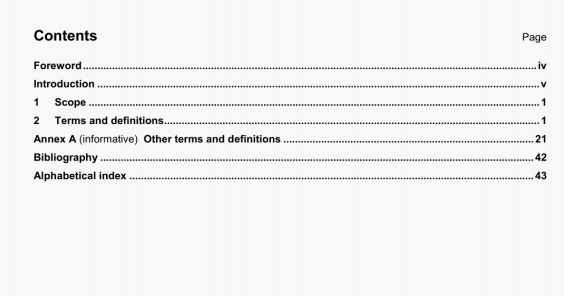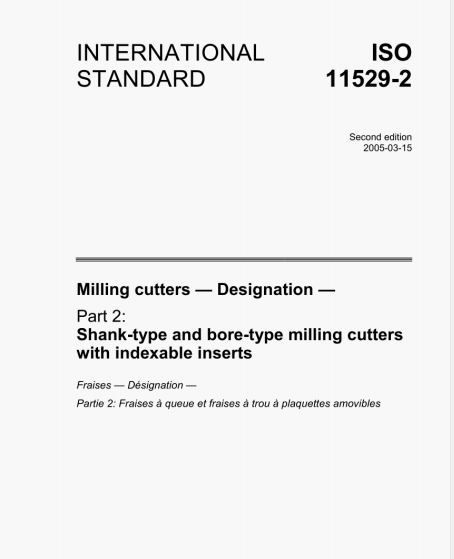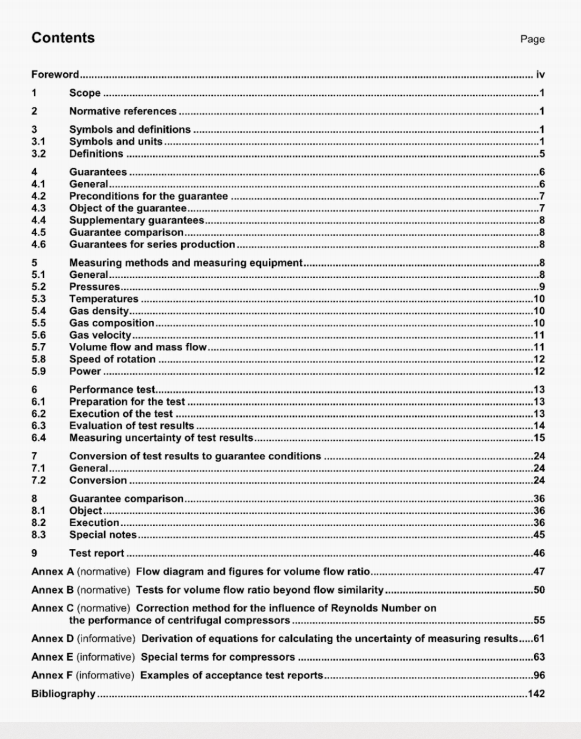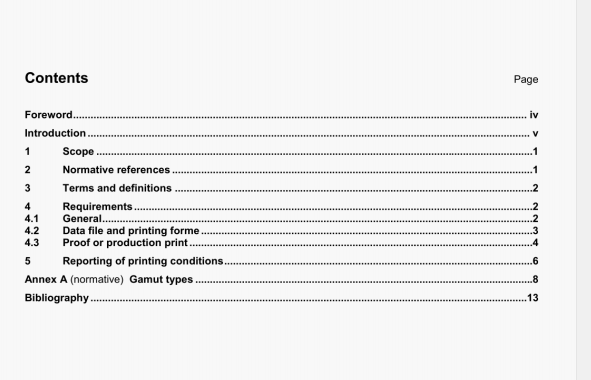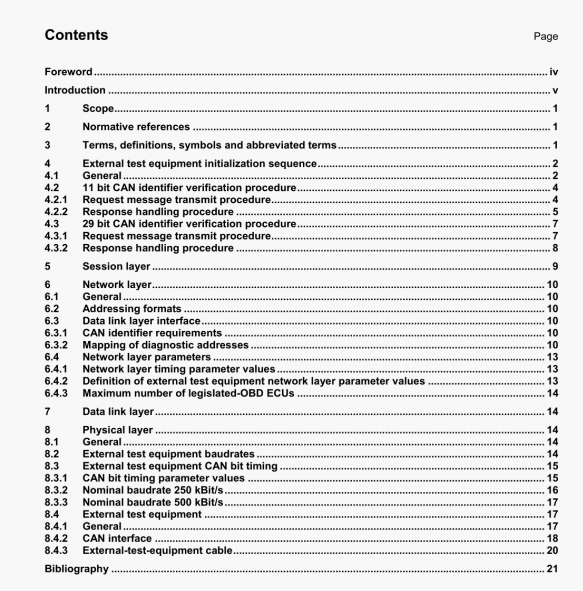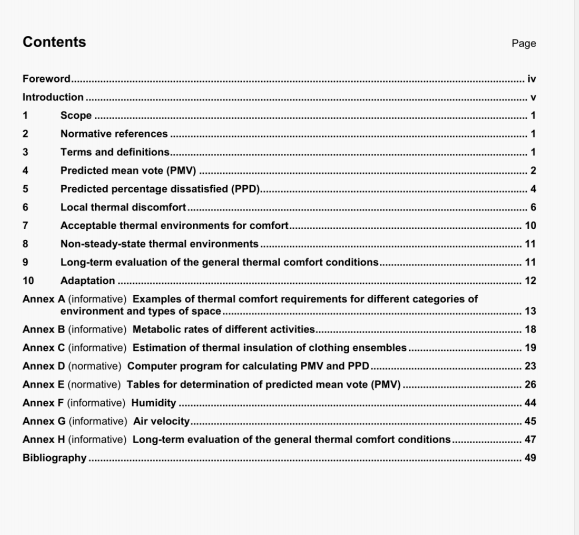ISO 7730:2005 pdf download.Ergonomics of the thermal environment— Analytical determination and interpretation of thermal comfort using calculation of the PMV and PPD indices and local thermal comfort criteria.
Estimate the metabolic rate using ISO 8996 or Annex B, taking into account the type of work. For varying metabolic rates, a time-weighted average should be estimated during the previous 1 h period. Estimate the thermal resistance of clothing and chair using ISO 9920 or Annex C, taking into account the time of year.
Determine the PMV in one of the following ways.
a) From Equation (1) using a digital computer. A BASIC program is given in Annex D for this purpose. For verification of other computer programs, Annex D provides example output.
b) Directly from Annex E, where tables of PMV values are given for different combinations of activity, clothing, operative temperature and relative velocity.
C) By direct measurement, using an integrating sensor (equivalent and operative temperatures).
The PMV values given in Annex E apply for a relative humidity of 50 %. The influence of humidity on thermal sensation is small at moderate temperatures dose to comfort and may usually be disregarded when determining the PMV value (see Annex F).
4.2 Applications
The PMV can be used to check whether a given thermal environment complies with comfort criteria (see Clause 7 and Annex A). and to establish requirements for different levels of acceptability.
By setting PMV = 0, an equation is established which predicts combinations of activity, clothing and environmental parameters which on average will provide a thermally neutral sensation.
5 Predicted percentage dissatisfied (PPD)
The PMV predicts the mean value of the thermal votes of a large group of people exposed to the same environment. But individual votes are scattered around this mean value and it is useful to be able to predict the number of people likely to feel uncomfortably warm or cool.
The PPD is an index that establishes a quantitative prediction of the percentage of thermally dissatisfied people who feel too cool or too warm. For the purposes of this International Standard, thermally dissatisfied people are those who will vote hot, warm. cool or cold on the 7-point thermal sensation scale given in Table 1.
With the PMV value determined, calculate the PPD using Equation (5), see Figure 1.
Determine the PMV in one of the following ways.
a) From Equation (1) using a digital computer. A BASIC program is given in Annex D for this purpose. For verification of other computer programs, Annex D provides example output.
b) Directly from Annex E, where tables of PMV values are given for different combinations of activity, clothing, operative temperature and relative velocity.
C) By direct measurement, using an integrating sensor (equivalent and operative temperatures).
The PMV values given in Annex E apply for a relative humidity of 50 %. The influence of humidity on thermal sensation is small at moderate temperatures dose to comfort and may usually be disregarded when determining the PMV value (see Annex F).
4.2 Applications
The PMV can be used to check whether a given thermal environment complies with comfort criteria (see Clause 7 and Annex A). and to establish requirements for different levels of acceptability.
By setting PMV = 0, an equation is established which predicts combinations of activity, clothing and environmental parameters which on average will provide a thermally neutral sensation.
5 Predicted percentage dissatisfied (PPD)
The PMV predicts the mean value of the thermal votes of a large group of people exposed to the same environment. But individual votes are scattered around this mean value and it is useful to be able to predict the number of people likely to feel uncomfortably warm or cool.
The PPD is an index that establishes a quantitative prediction of the percentage of thermally dissatisfied people who feel too cool or too warm. For the purposes of this International Standard, thermally dissatisfied people are those who will vote hot, warm. cool or cold on the 7-point thermal sensation scale given in Table 1.
With the PMV value determined, calculate the PPD using Equation (5), see Figure 1.
